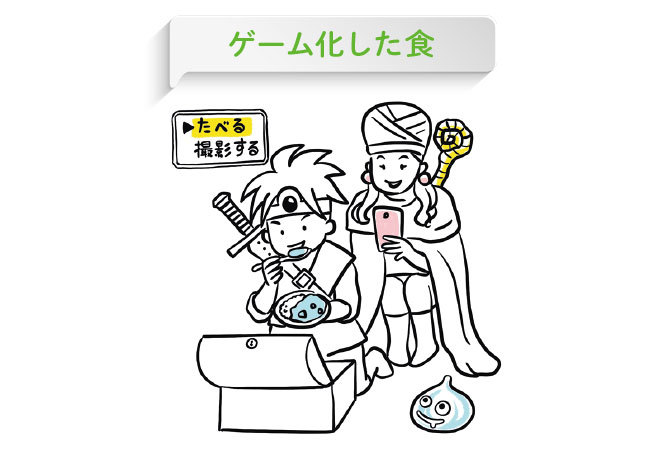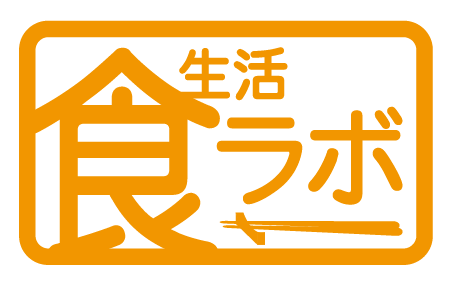Members of Dentsu Inc.'s 'Food Lifestyle Lab' explored the future of Japan's food scene. For example, what might the "food landscape" of this country look like seven years from now, in 2025? We identified seven themes. These are near-future projections conceived by Food Lifestyle Lab members with expertise in their respective fields.
Gamified food becomes a valuable shared topic for young people
If we define "young people" as those aged 18 to 25, then the young people of 2025 will be those currently aged 11 to 18. They are "smartphone natives" who have spent their adolescence with smartphones. Having been exposed to information tailored to their specific interests since childhood, this generation tends to have fewer shared topics with friends. Within this context, food – a tool relevant to everyone – should become a valuable common topic.
However, I believe young people's approach to enjoying food will become "gamified." With games, it's common to move on to a different game once you clear one. It's a cycle of clearing a game and then moving on to the next, rather than repeatedly playing the same one. I suspect young people's approach to food will follow this pattern.

Illustration: Mio Oshima (Dentsu Inc. "Food Lifestyle Lab")
Recently, rainbow pasta has been trending among young people. This also stems from a strong "I want to try it once" feeling. Once they experience it, they move on to searching for another dish. This tendency is intensifying: they continuously discover new things, eat them once, and then seek out something new. I believe this creates an infinite consumption loop, a gamified food cycle. And within this cycle, the foods that gain attention become the common topics of conversation among young people.
Food, being the very source of human life, interacts with every aspect of living and reflects societal changes and cultural trends. Dentsu Inc.'s "Food Lifestyle Lab" is a project aiming to improve society through food by providing solutions related to it.
Composed of members with diverse expertise and insights across the company, it leverages its network extending beyond the company to engage in roundtable-style innovation creation. Currently, the internal team consists of about 20 members. The project's origins date back to the early 1980s, and since then, it has continuously accumulated and updated various insights.









